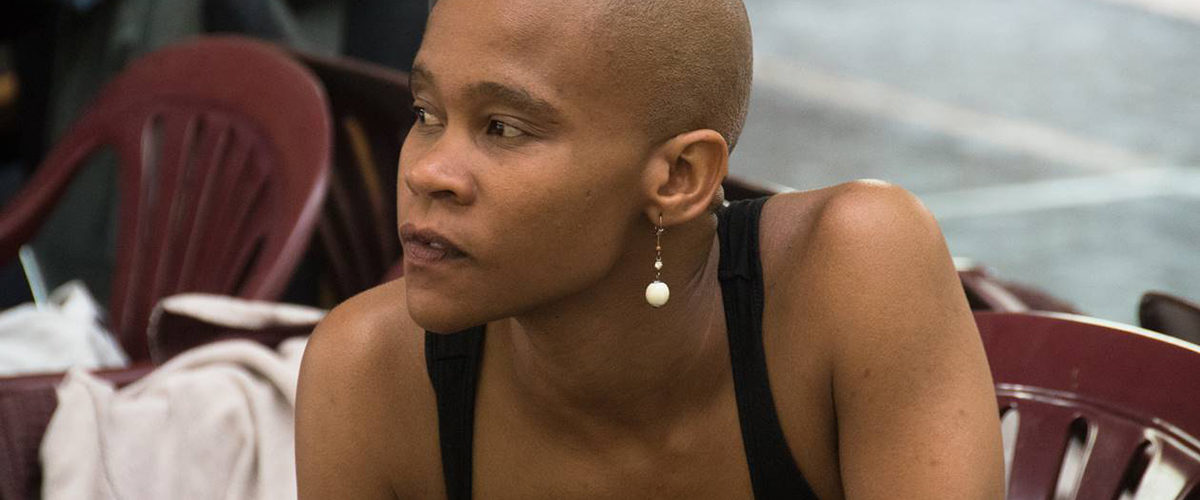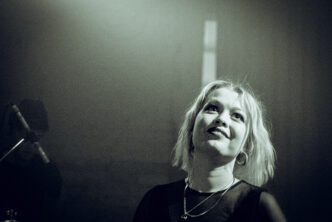South African choreographer Dada Masilo’s Giselle brings the ballet into the 21st century. The Soweto-born choreographer and dancer has taken the classic favourite and thoroughly shaken it up so audiences can anticipate the unexpected.
The original ballet, which premiered in Paris in 1841, tells the story of innocent peasant girl Giselle who falls in love with the disguised nobleman, Albrecht. When she discovers the truth about her lover and that he will never be hers, Giselle is consumed with grief and dies of a broken heart. When a remorseful Albrecht visits Giselle’s grave, he evokes the wrath of the Wilis (the spirits of girls who have been betrayed in love) and they exact a heavy penance.
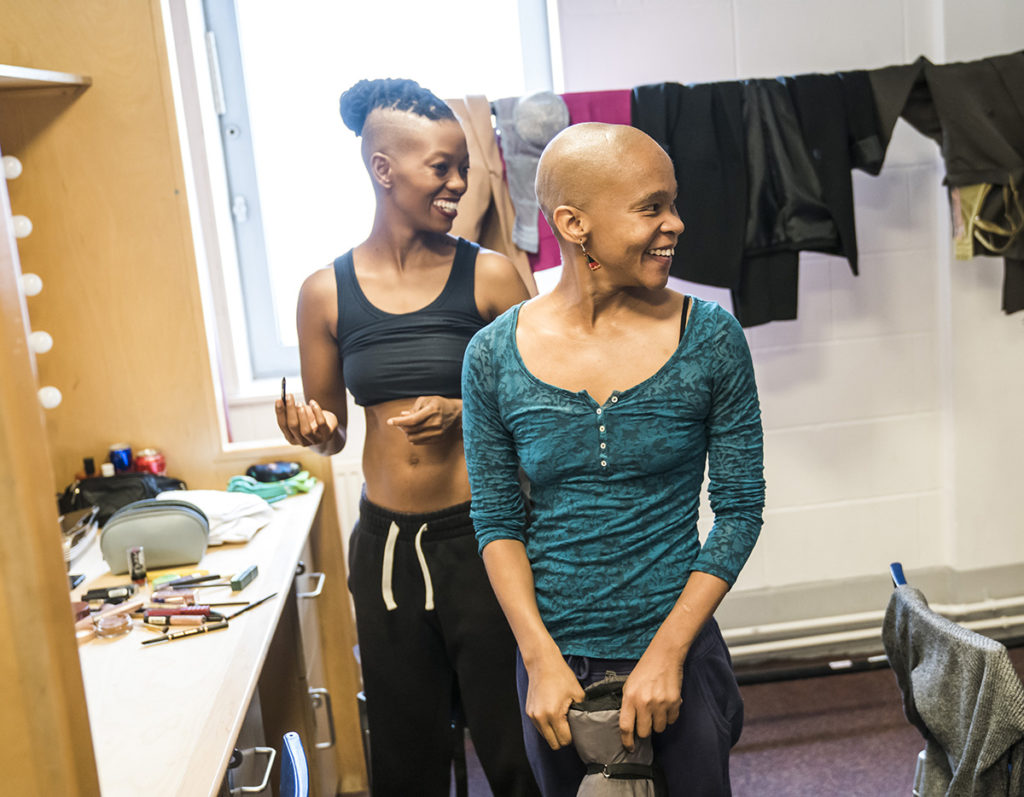
Masilo, whose reinterpretations of other classics including Romeo and Juliet, Carmen and Swan Lake built her an international reputation, felt driven to create a new Giselle.
“It’s the challenge of looking at the ballet from a different perspective and dealing with issues that are relevant now. In these stories we are dealing with power struggles, war, greed, domestic violence, rape. These are things I see every day. I’m revisiting the classical ballets to tackle these issues and to start a dialogue with people. To ask ‘what are we doing about this?’
“I begin with study of the original work. It’s important to know the rules before breaking them. In the traditional ballet there is a clear narrative but the characters are rather two-dimensional. The emphasis is on the steps rather than on the unique psychologies of the protagonists – Albrecht and Hilarion seem just there to support the female lead, Giselle’s mad scene relies on messy hair…. I wanted to go much deeper and, most importantly, to create Wilis that are really vicious.
“I have always been intrigued by the Wilis. That’s where I started. I wanted to see how far I could push the boundaries in terms of having Wilis that are strong, powerful and dangerous.
“In the ballet they all female, dressed in white and very graceful. I wanted to find their violence because Act Two is about revenge. I dressed my Wilis in wine-red, as though they are drenched in blood. This reflects revenge, killing and death.”
In the original Giselle the Wilis are the spirits of wronged women. In Masilo’s version they are both female and male.
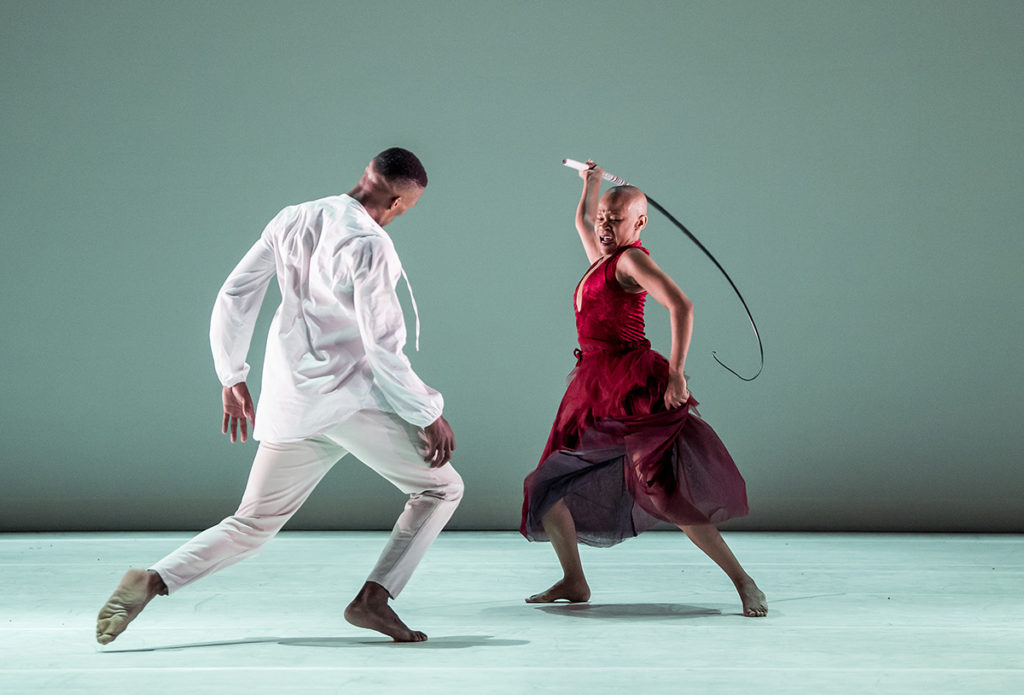
“I love working with androgyny, it creates an interesting dynamic,” she says. “It’s also about breaking down the gender stereotypes – the notion that men are supposed to do this and women are supposed to do that. In dance, that is the norm.
“The Wilis are spirits so could be either male or female. I wanted to alter the concept that only women are victims. Men also get heart-broken.
“It seems to me that in ballet the men are basically there to lift and support the women. I think it’s time we find gender equality in dance.”
Masilo’s Giselle has been seen to reflect the #metoo movement in which women worldwide have spoken out about sexual discrimination and the abuse of male power.
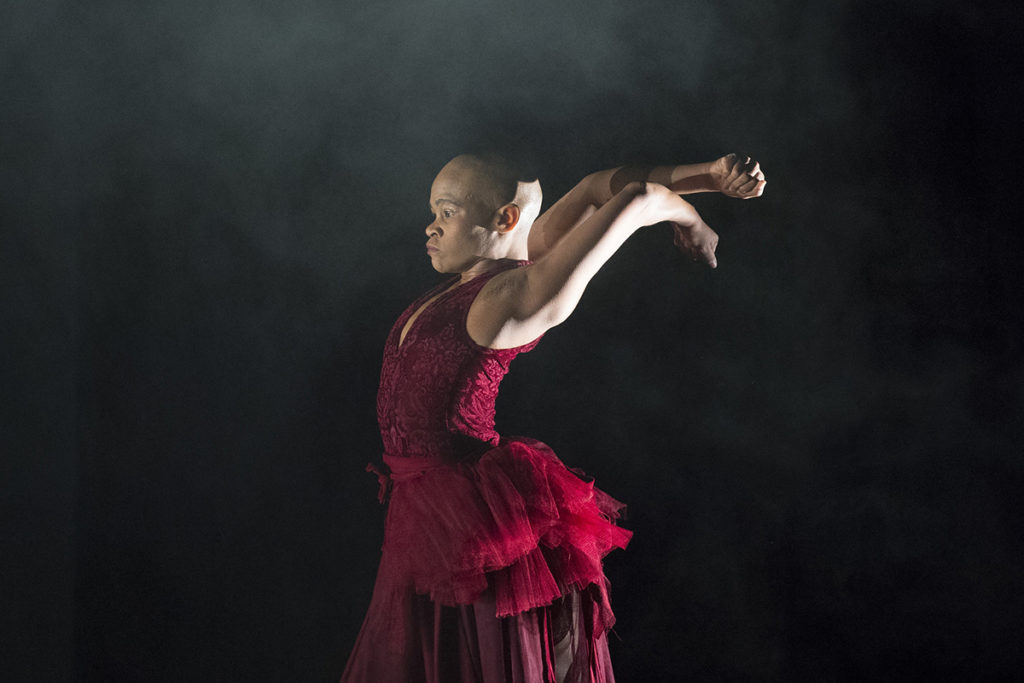
Masilo says this is a coincidence as her Giselle premiered prior to the movement. “I did aim to make a work which empowers women who are expected to be understanding, soft, tolerant and forgiving.
“It’s also very good for us to acknowledge that we are strong and powerful – and to use that power to say ‘I’m not going to take that, enough is enough’. Women need to stand up for themselves more. We are living in a world where men tend to rule and we shy away from our own power. As a woman, and having been brought up by very strong women, I want to share this.”
In addition to shifting the story’s time and characters, Masilo also changes location.
“I’ve set it in rural South Africa so we are dealing with different cultures and traditions. It’s about how people interact, how relationships are formed and the dynamics of those relationships in rural South Africa which is completely different from the world of classical ballet,” she says.
“I did not consciously set out to ‘Africanize’ Giselle. It is just there. I am South African – this is where my roots are. My origins and environment infuse my work. I have also studied classical ballet. It’s about allowing the two to merge without losing the essence of the work.”
For the music, Dada commissioned fellow South African Philip Miller to compose a new score, revisiting some of the original themes by Adolphe Adam, together with newly created music.
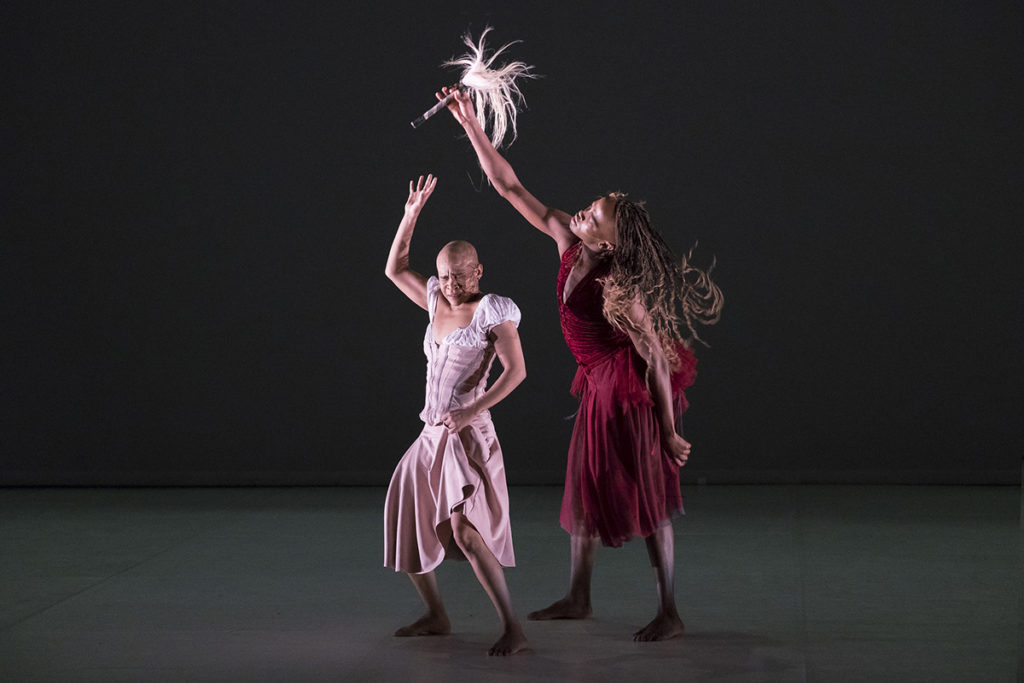
“I love what he did,” she says. “You hear themes from the original throughout. Philip incorporates this with African percussion, rhythm and voice.
“Generally people who have not been exposed to ballet, its codes and mimetic gestures, tend to avoid it. This is also true in South Africa. My aim is to make it accessible. It is called Giselle but tells a story to which everyone can relate without alienating those who are familiar with the ballet.”
Dada Masilo trained at The Dance Factory in Johannesburg from the age of 11 and at the age of 19 was selected from nearly 800 other dancers to gain one of just 30 places at the Performing Arts Research and Training Studio in Brussels. This is where she began to choreograph.
“I didn’t want to be a choreographer – I thought it would be too much work!” she laughs. “I always say ‘first I’m a dancer’. I choreograph works that I want to dance. It’s what I do and love. Sharing through dance, we learn new things every day.
“It is challenging being both choreographer and dancer because I can’t always see everything. Once I have established my intention, I bring in someone I trust to be that outside eye and to give me notes on what I’m doing. I don’t think I could just choreograph – I need to be in it to feel it.”
Masilo premiered Giselle in Oslo more than two years ago and it has toured extensively. It will celebrate its 100th performance when it opens at London’s Sadler’s Wells on October 4. This UK premiere will be followed by performances in Nottingham, Bradford, Birmingham, Salford, Milton Keynes, Brighton and Canterbury.
The tour is presented by Dance Consortium, a group of 20 venues who work together to promote international contemporary dance across the United Kingdom.
“Working with Dance Consortium has been great,” says Dada. “So far, we have only performed at Sadler’s Wells in London, with Swan Lake in June 2015, so for the company, the tour is wonderful exposure across the UK. I’m really looking forward to the opportunity.”
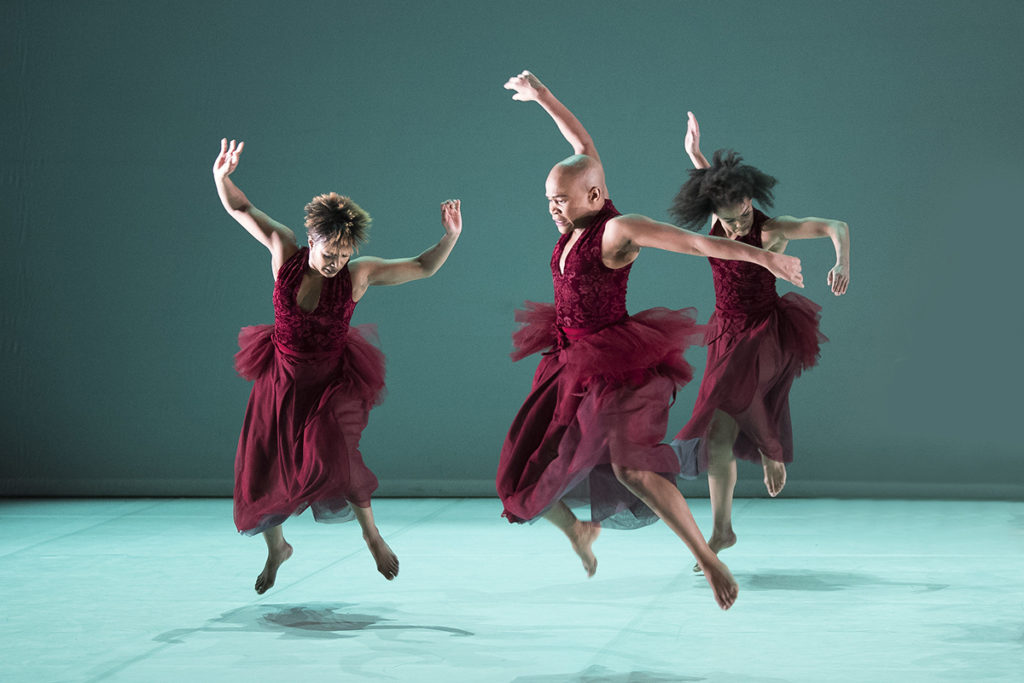
And she hopes the audience will also enjoy the opportunity to see her work.
“I never take audiences for granted. We just do our best work and hope the audience responds. I hope they can feel whatever they feel, whether it is joy, pain, love or anger. I want people to ask questions and to feel emotion – any emotion. And then sit down and talk about Giselle. I do not see art as just entertainment. It is there to teach, inspire and provoke.”
Dance Consortium presents Dada Masilo – Giselle is touring the UK from 4 October – 2 November 2019.

